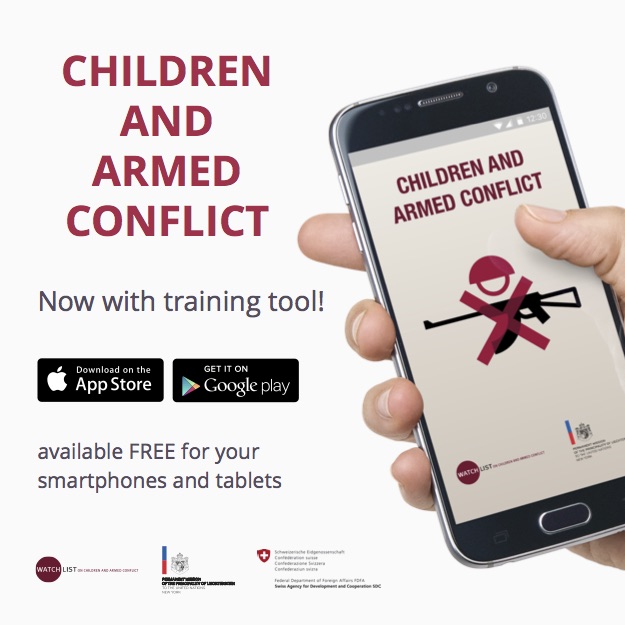By Eva Smets, Executive Director of Watchlist on Children and Armed Conflict
A recent United Nations report found that the number of women and girl victims of the conflict in Afghanistan increased by 20% in 2012 even as the overall number of civilian casualties declined. These findings are hardly surprising. Despite greater technical sophistication in the means and methods used to wage war, the victims of armed conflict are increasingly vulnerable civilians, in particular women and children. Children, both boys and girls, are recruited into armed forces and by armed groups and used in a variety of roles. Women and children suffer widespread sexual violence and other forms of abuse at the hands of combatants. Schools, hospitals and teachers are increasingly under attack. Among the vulnerable victims of war, girls are at particular risk both of suffering war’s effects and of being neglected in the response. While reliable figures are hard to come by, girls have been estimated to account for 40% of children associated with armed groups, often serving as fighters or in support roles or abducted and forced to marry commanders. Yet, few girls are ever enrolled in demobilization and reintegration programs.
At Watchlist on Children and Armed Conflict, we monitor both violations committed against boys and girls in situations of armed conflict and the United Nations response. Our research has shown that the particular needs of girl victims of armed conflict have been inconsistently addressed by a system which tends to view victims through discrete categories of “women” or “children” but which struggles to cope with doubly victimized groups. These inconsistencies are evident in the normative and institutional frameworks, in the monitoring and reporting of violations and in the response.
Since 1999, the UN Security Council had adopted nine resolutions on the topic of children and armed conflict. Through 2004, these resolutions incorporated the need to address sexual abuse and gender-based violence as well as the special needs of girl soldiers in demobilizing child soldiers. However, in the four resolutions adopted since 2005, there has been no mention of the particular needs of girls. Separate UN entities exist for children and women, and the Secretary-General has separate special representatives on children and armed conflict and on sexual violence in armed conflict. While they coordinate their activities and serve useful separate functions, there is always the risk of the particular needs of girls slipping through the cracks.
A first step towards addressing the needs of girl victims of conflict is to understand the scope of the problem. A draft manual providing guidance to United Nations staff in monitoring and reporting violations instructs these staff to be sensitive to the specific needs of girls and boys and to ensure that data gathered on violations is disaggregated by gender. Yet, United Nations reporting on children affected by armed conflict has infrequently distinguished between boys and girls. Out of 19 country reports issued by the UN since 2009, only 5 contained fully gender-disaggregated data on the recruitment and use of children. Only two of 19 reports disaggregated data on sexual violence by gender.
Where the UN has entered into negotiations with parties to conflicts to end violations, the particular needs of girls have often been omitted in the final results. Out of a sample of 6 recent action plans to end violations against children, only one acknowledged the need to pay special attention to girls. In its landmark first judgment, the International Criminal Court (ICC) convicted Congolese rebel leader Thomas Lubanga Dyilo of the war crimes of recruiting children and using them to participate actively in hostilities. By focusing the prosecution of Mr. Lubanga Dyilo on charges of child soldiers, the ICC Prosecutor was able to draw attention to these horrific crimes. However, in focusing on this theme, many of the violations suffered by girl soldiers such as sexual violence or forced marriages were excluded from judgment.
For International Women’s Day this year, the United Nations has adopted the theme “A promise is a promise: Time for action to end violence against women”. The United Nations had made considerable progress in leading efforts to end all forms of violence against women as well as against children. It must now give attention to the particular needs of girls affected by armed conflict as a doubly victimized group in strengthening the normative and institutional framework, the monitoring of violations and a coordinated response.



